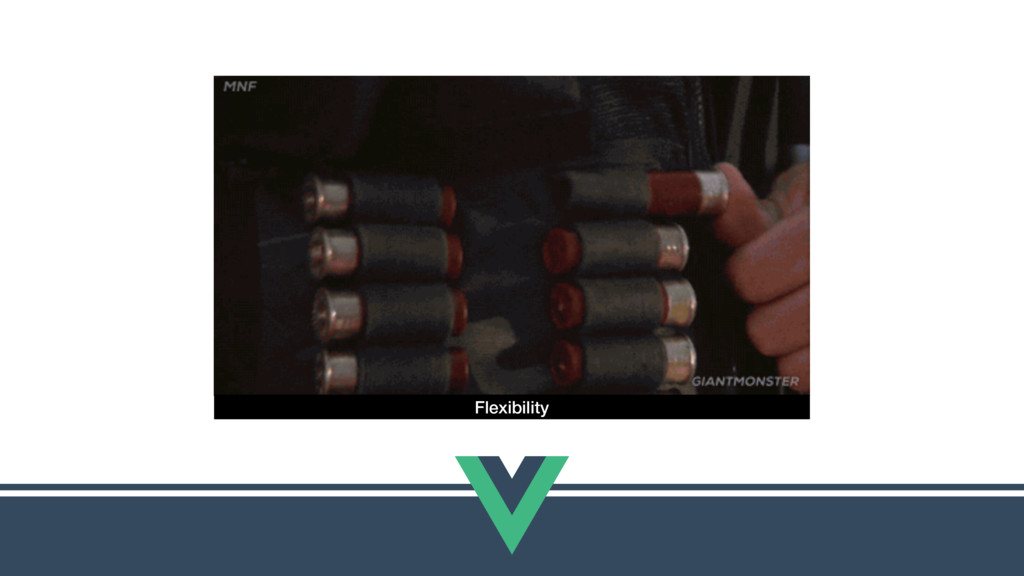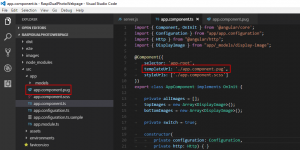

Now we can go back to our terminal and run npm run start to start up webpack development server, our project should compile successfully else you can go through the steps again or drop a comment, I’ll be glad to help you out. So go into the package.json file and add these to the scripts object. To see our setup work, we’ll need to write scripts in our package.json file to run the webpack-dev-server.
#WEBPACK DEV SERVER PUG TEMPLATE HOW TO#
The resolve option in the code above has an alias and extension key value pair, alias has a value which defines a vue alias and helps us import vue packages without using relative path, while extension has a value which tells webpack how to resolve imports and enables us import files without the extension, you can read more about it here. js extension excluding everything in the node_modules folder, while the second rule tells webpack to apply the vue loader to any file with a. In the code above we see a module option where we define some rules, the first rule tells webpack to use babel loader to transpile all files having a. You can read more about VueLoaderPlugin here.

Our package.json file should look like this after the installation processĮnter fullscreen mode Exit fullscreen modeįrom the code above we import VueLoaderPlugin from vue-loader and the path module which we will be using to configure our entry and output point so webpack will know where to start compiling from and where to put our compiled code after compiling.
#WEBPACK DEV SERVER PUG TEMPLATE INSTALL#
Run npm install webpack webpack-cli webpack-dev-server babel-loader vue-loader vue-template-compiler -D this would install all these packages as dev-dependencies. Dev-dependencies: Now we install webpack, webpack-cli, webpack-dev-server, babel-loader, vue-loader, vue-template-compiler.Run npm install vue vue-router core-js -save this would install the three packages as dependencies. Dependencies: first we install vue, vue-router and core-js as dependencies.

Now that we have a package.json file to keep track of our dependencies, we can go ahead to install them. In the file you created, run the command npm init –y to create a package.json file In your terminal, use the mkdir command to create a project folder and use the cd command to change directory into the folder created. You’ll need to have node installed on your computer, you’ll also need a basic knowledge of how vue works, and of course a code editor.Ĭreating a folder and a package json fileĬonfigure webpack to use babel loader, and vue loaderįinal webpack configuration and Observation For this tutorial I will use Pug aka Jade.This post gives a step by step guide to setting up vue.js using webpack. We can use bare bone express app, but I want to show how you can combine Express template engine with front end UI library. That said, I hope you will follow along instead of just jumping straight to the solution!Īlrighty, let’s begin! The easiest way to start with Express application is express-generator. The complete code of this tutorial can be found here, on GitHub. I am going to use Express, and Preact, but the overall workflow is similar no matter the framework. In this tutorial, I will show you how to create a basic setup for server side routing. One approach is to use client side routing library, which adds more complexity to your application when implementing certain features, like authentication. Moreover, developers often want to have their React, Angula, Vue (insert your favorite UI library) front ends served from Express, Koa, Hapi (insert your favorite server side library). In one case, you might have a setup that you might not necessary want, in another, you are bound to certain conventions. Some of them generate a bunch of boilerplate, like Create React App, while others help to eliminate it, like Gatsby. A quick tutorial on how to configure Webpack with multiple outputs.īuilding Web Applications with Node is easy! There is a great number of frameworks, and tools that help programmer to bootstrap an environment and start working in just a matter of seconds.


 0 kommentar(er)
0 kommentar(er)
